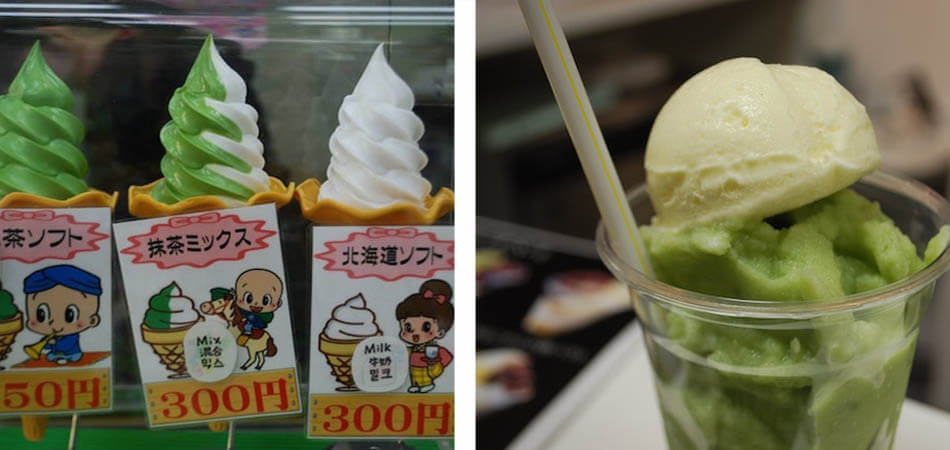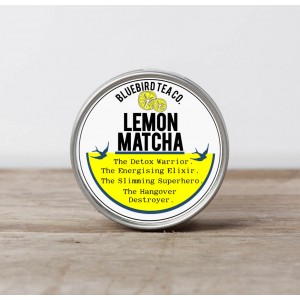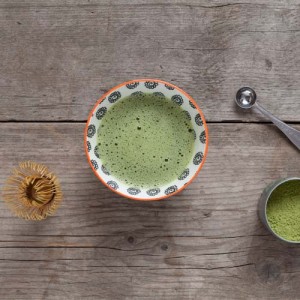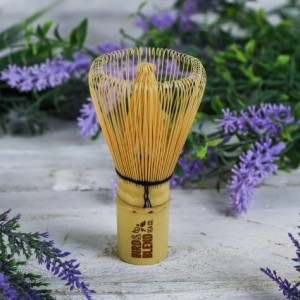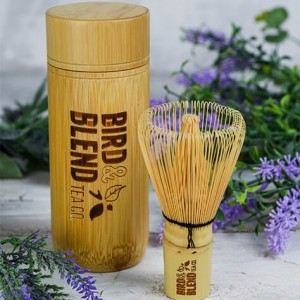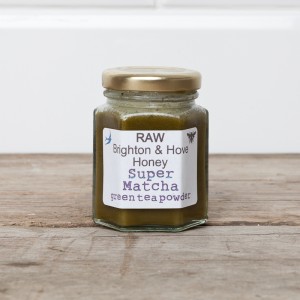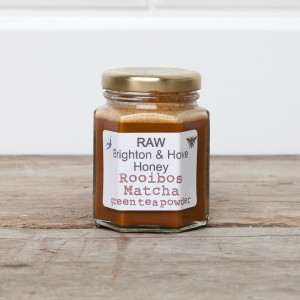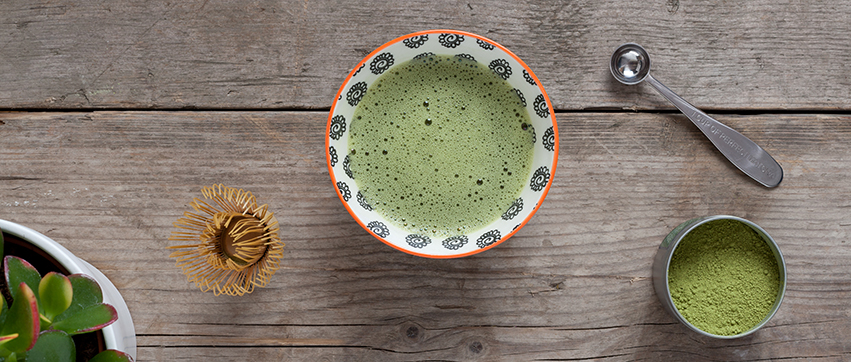Mike's matcha masterclass in Japan
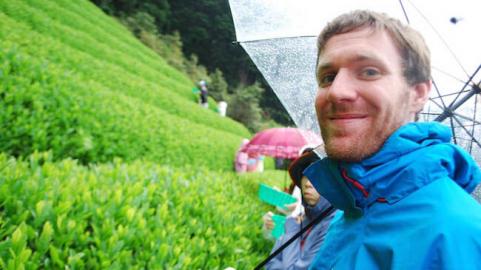
Japan - the home of matcha!
In spring 2015, founders Krisi + Mike were super excited to be able to get out to the homeland of matcha - Japan. In the search for a pure matcha blend to add to the Bird & Blend Matcha collection, they travelled far and wide sampling matcha, visiting tea farms, matcha factories and some of the top matcha facilities in the world. They also had a go at plucking, grinding and preparing their own matcha...
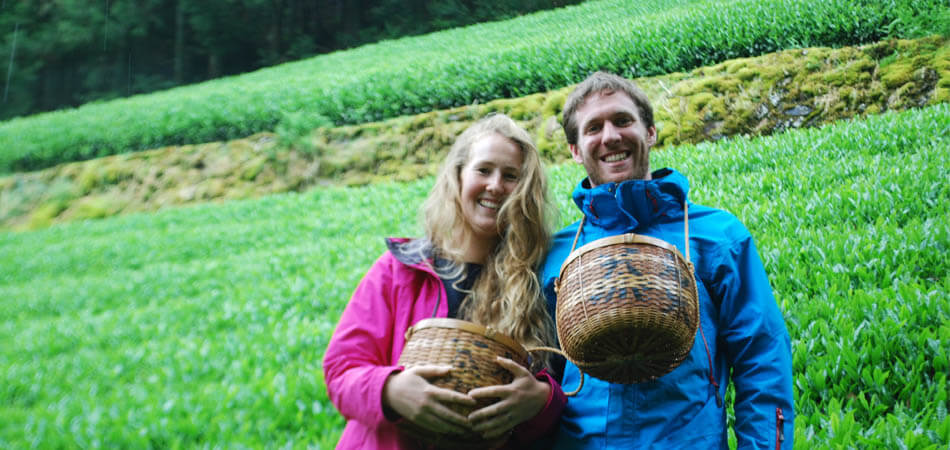
Matcha tea fields
Most Japanese Matcha is grown in the Uji region of Japan, near to the ancient capital Kyoto. Whilst out in Japan, we were invited to visit a matcha field and help with the harvesting.
The tea plants used for matcha are shaded 2 – 6 weeks before harvest, traditionally by topping them with straw or building a bamboo shelter around them; today black sheets are used, as you can see in the fields above and below.
This technique stops sunlight getting to the leaves and slows the final period of growth. This does two things to the plants: it causes an increase in the levels of chlorophyll and amino acids in the leaves and encourages very tender, fresh shoots to emerge. This will ensure that the leaves, when plucked and processed, are bright green, full of flavour and moisture and with no hint of bitterness.
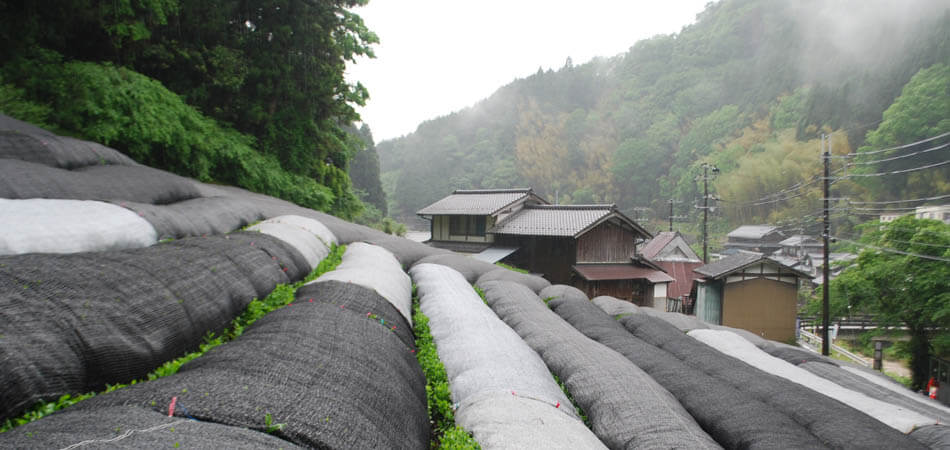
Harvesting Matcha
The highest quality matcha is plucked by hand – the leaves are sorted, cleaned and partially dried before being refrigerated. In this state, the leaves are called tencha. As the leaves perfect for producing matcha can only be harvested once or twice a year, it is important that they are refrigerated within the next 48 hours. This means the tencha can be used to make matcha all year round.
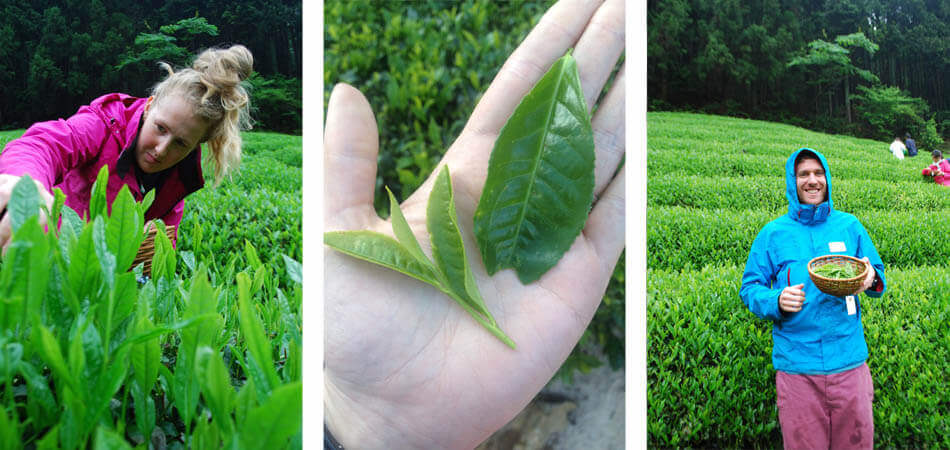
Grinding matcha powder
To produce matcha, the tencha leaves are dried again to remove all but 3% moisture in the leaves and traditionally they would be ground down on a hand-carved millstone. Using this traditional method, it takes around 20 minutes to slowly grind 10g of matcha powder! Mike and Krisi gave this a go and can vouch for the effort that goes into that tiny pouch of powder! You cannot speed up the process, as the increased friction would heat the powder and you would not be able to get the fine texture desired.
Modern matcha factories have mechanic grinders, often hundreds at a time, that can grind a much larger quantity. The grinding rooms of a matcha factory are always in darkness and temperature controlled to ensure the bright green colour and flavour is not damaged during processing.
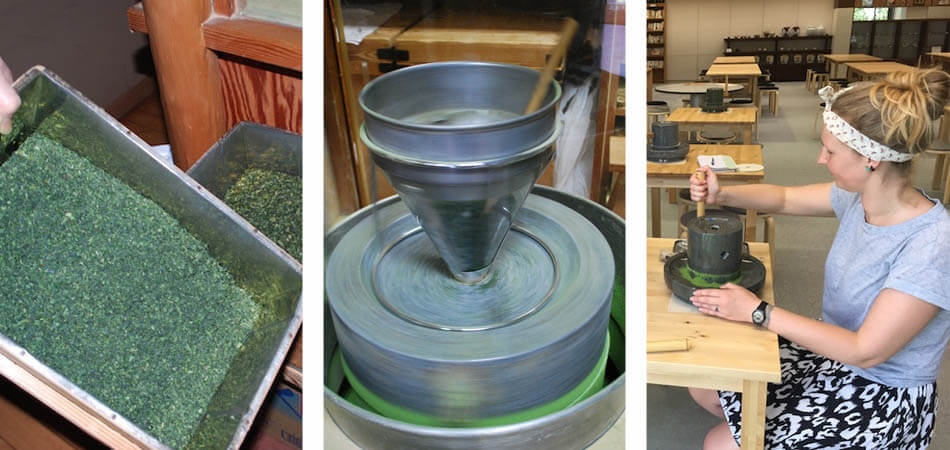
Preparing Matcha
After all this hard work, Mike + Krisi enjoyed a traditional matcha tasting session, as well as being lucky enough to witness a traditional tea ceremony.
During the tea ceremony, two types of matcha are prepared. One is a thin (or light) matcha called usucha and one is a thick (or strong) tea called koicha. It is traditional to enjoy a bean-paste based sweet with the koicha, in order to balance out the bitterness and settle the stomach.
If you are interested in learning more about matcha traditions, you can find more information on our UniversiTEA pages under the matcha section. You'll also find a comprehensive guide on how to prepare matcha the traditional way with a bamboo whisk.
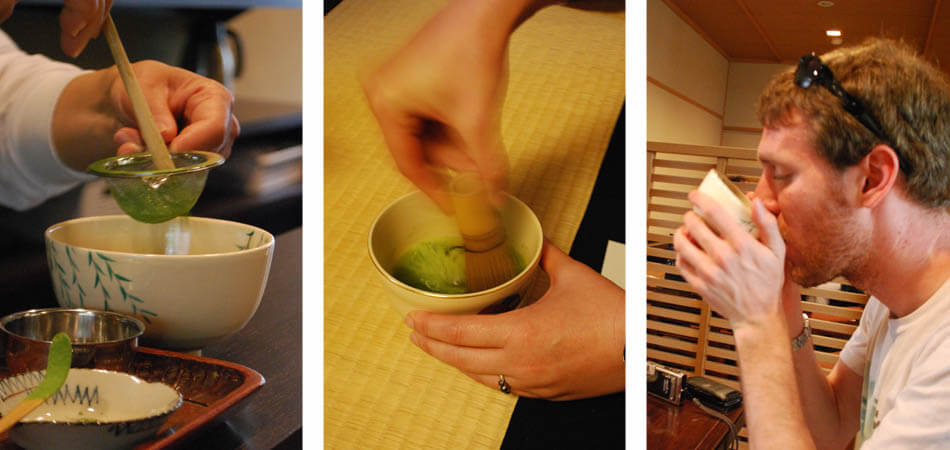
Matcha Madness!
Check out all the matcha flavoured goodies Mike + Krisi enjoyed while out in Japan!
